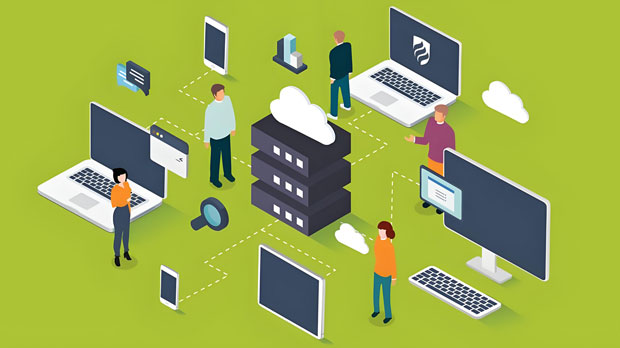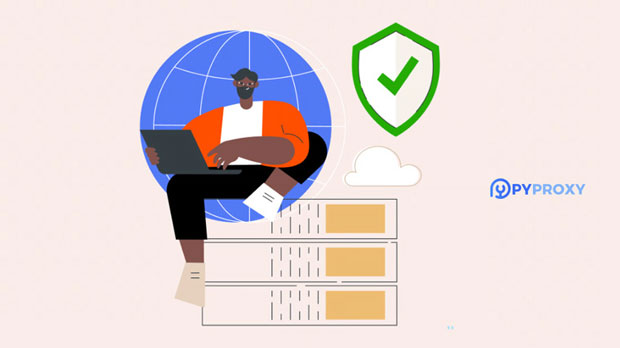The pay-per-use billing model for High-Speed residential proxies provides customers with the flexibility to only pay for the resources they consume. Unlike traditional subscription-based models, where a fixed amount is paid regardless of usage, the pay-per-use system is designed to ensure that clients are billed based on actual usage, thus offering more cost-effective solutions. In this model, clients typically pay for the volume of data transferred, the number of requests made, or the time the proxies are used, depending on the service provider's structure. This approach appeals to businesses that need flexible, scalable, and budget-friendly proxy services. Understanding High-Speed Residential ProxiesHigh-speed residential proxies are specialized proxy servers that route traffic through real residential IP addresses. These proxies are particularly useful for businesses involved in tasks that require a large volume of data scraping, testing, or accessing geo-blocked content. Unlike data center proxies, which are hosted on physical servers in a controlled environment, residential proxies are tied to real user devices, making them harder to detect and block.These proxies offer a high level of anonymity, reliability, and speed, making them ideal for use in various industries such as e-commerce, travel, ad verification, and social media management. The main selling point of high-speed residential proxies is their ability to handle large-scale operations without compromising on performance, ensuring users can bypass restrictions and avoid detection.The Pay-Per-Use Model ExplainedThe pay-per-use billing model is designed to charge users only for the amount of proxy resources they consume. This model differs from traditional subscription models, where a user pays a fixed monthly or annual fee regardless of how much they use the service. In a pay-per-use structure, the billing is usually determined by one or more of the following metrics:1. Data Volume: This is one of the most common ways to calculate billing. Users are charged based on the amount of data (in MB or GB) transferred through the proxies. The advantage of this system is that users are only billed for the actual data they need to process, which makes it ideal for businesses with fluctuating data requirements.2. Requests Made: In some cases, billing is determined by the number of requests made through the proxy servers. This is common for businesses that perform web scraping or data extraction, as each request typically refers to a single piece of data being accessed or pulled. The number of requests directly correlates to the volume of work done.3. Time of Use: Another factor that may influence billing is the amount of time a user utilizes the proxy. This is more common with services that require real-time access or continuous usage, such as testing, browsing, or streaming. Users are billed based on how long they have active sessions with the proxies.4. IP Sessions: Some providers charge based on the number of concurrent IP sessions established, which is especially useful for businesses that require simultaneous connections to multiple sources for data extraction, testing, or content delivery.Benefits of Pay-Per-Use for High-Speed Residential Proxies1. Cost Efficiency: The primary benefit of the pay-per-use model is that it offers cost efficiency for users. Clients do not have to commit to paying for a fixed amount of bandwidth or requests each month. Instead, they are billed based on actual usage, meaning they can scale up or down depending on their needs, ensuring they only pay for what they need.2. Scalability: As businesses grow or their requirements change, the pay-per-use model offers flexibility. Whether a business needs to scale its operations during peak seasons or reduce usage during off-peak times, they can adjust their proxy consumption accordingly without the burden of overpaying for unused resources.3. Transparent Billing: This model promotes transparency because users can easily track how much data or how many requests they have made. This transparency helps users understand exactly what they are paying for, making it easier to manage their proxy expenses and avoid surprise fees.4. Customization and Control: Pay-per-use allows users to have more control over how and when they use proxies. Businesses can tailor their usage patterns to align with their specific needs and goals. This flexibility allows businesses to minimize costs while still maintaining the necessary level of proxy performance.Challenges of Pay-Per-Use Model for High-Speed Residential Proxies1. Unpredictability: While the pay-per-use model offers flexibility, it can also lead to unpredictable costs, especially for businesses that are not familiar with their proxy usage patterns. If usage spikes unexpectedly, the costs can quickly increase, which may lead to budgeting challenges for some companies.2. Monitoring Usage: To effectively manage costs, businesses need to actively monitor their usage. Without proper oversight, businesses may end up using more proxies than necessary, leading to higher costs. Thus, it is essential for businesses to have tools or systems in place to track usage and avoid overuse.3. Potential Complexity: Depending on the billing structure, the pay-per-use model can introduce complexity. For instance, if a service charges based on both data volume and requests, users may need to calculate and estimate their usage accurately, which can be cumbersome for larger operations with complex needs.Comparing Pay-Per-Use with Subscription-Based ModelsWhile both the pay-per-use and subscription-based billing models are common in the proxy industry, they serve different customer needs.1. Fixed vs. Variable Costs: Subscription models provide a fixed monthly or yearly fee, which can be advantageous for businesses that require consistent proxy usage. However, it may not be cost-efficient for those with fluctuating or lower proxy needs. On the other hand, the pay-per-use model offers the benefit of variable costs, where businesses only pay for what they use.2. Flexibility: Pay-per-use is ideal for businesses that have variable needs, such as startups, seasonal campaigns, or those with unpredictable workloads. The subscription model is better suited for businesses with steady and consistent proxy needs.3. Risk: With subscription-based models, businesses run the risk of paying for more proxies than they actually need, which can lead to waste. In contrast, pay-per-use eliminates this risk by ensuring customers only pay for actual consumption.Conclusion: Is Pay-Per-Use Right for Your Business?The pay-per-use billing model for high-speed residential proxies is an excellent choice for businesses that value flexibility and cost control. It allows companies to scale their proxy usage based on actual needs, offering an efficient, customizable, and transparent billing system. However, businesses must be mindful of the potential unpredictability of costs and ensure they actively monitor their usage to avoid surprise expenses.Ultimately, the choice between pay-per-use and subscription models depends on a company’s unique needs, operational scale, and budget. For those who require highly flexible, cost-effective, and scalable proxy services, pay-per-use offers a compelling solution that balances performance with expense management.
May 23, 2025



































































